
One major aspect of inbound marketing is its technological turn. There is no shortage of marketing tools: they come with a variety of functions at different price points, so that canny marketers can always find something to sharpen their edge. Trying to go through all those tools can take quite some time, though, and busy marketers might end up, ironically, stymied by the number of options.
With this in mind, we’ve put together a comparative review of the digital marketing software we use most often. In addition to surveying common opinions, we’ve gathered the insights of our own inbound marketing specialists, whose roles have more than familiarized them with these tools.
Our top seven, in alphabetical order, are: FastStats, Google Analytics, HubSpot, LeadIn, MailChimp, Salesforce Marketing Cloud, and WordPress.
FastStats

Developed by Apteco, this modular suite of tools allows users to configure the platform by which they monitor and manage their contacts and customers, as well as mine and analyse data about them. Segmentation and list management is in-depth and comprehensive, opening up opportunities for more precise lead nurturing and email marketing, among others.
FastStats is easy to handle and, with its modular nature, fit for a range of situations. It is also compatible with a number of other marketing and CRM tools, but does not itself possess the means for publishing or managing content.
Google Analytics
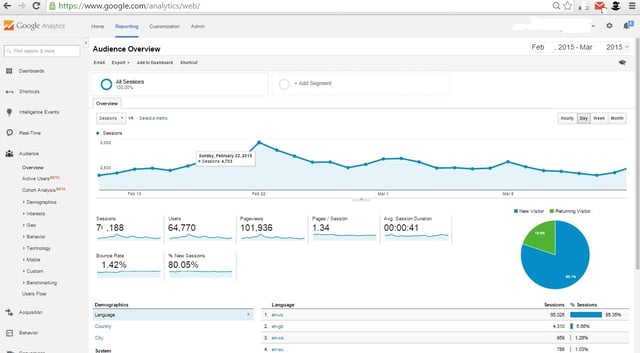
This monitoring and analytics tool, provided by Google free of charge, allows you to keep track of your traffic and where it comes from. The tool provides you with codes that can be integrated into web pages and ads, providing for detailed surveillance of your visitors’ activity, which you can view on dashboards and reports that can be customized according to your preferences.
Google Analytics is indispensable, even alongside other marketing software. Our own inbound marketers commend it for the versatility and specificity it provides. It’s also easy to pick up and enjoys considerable customer support from the developers. Ease of integration with other Google tools, like Adsense and Adwords, is icing on the cake.
HubSpot
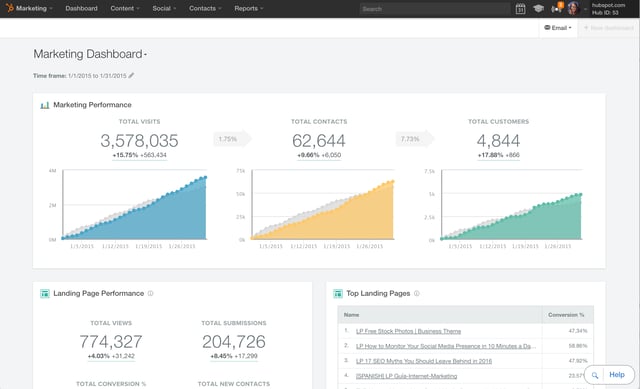
A comprehensive inbound marketing platform, HubSpot allows users to design websites with its content optimisation system and build from there, with standard inbound tools like CTA and form creation included. HubSpot also allows users to manage contacts; test, send, and automate emails; publish to social media; and analyse data from all of its various channels. These are supported by a robust collection of training videos that cover not just technical support, but inbound marketing principles and strategies as well.
HubSpot has no free options, but does have three pricing tiers, with minor cost increments within each tier to unlock extra capacity. The tier system allows businesses to avail of what they need, with the assurance that as they grow, they’ll not have to switch platforms or resort to other applications. HubSpot provides a comprehensive package that companies can grow into all on one platform.
Leadin
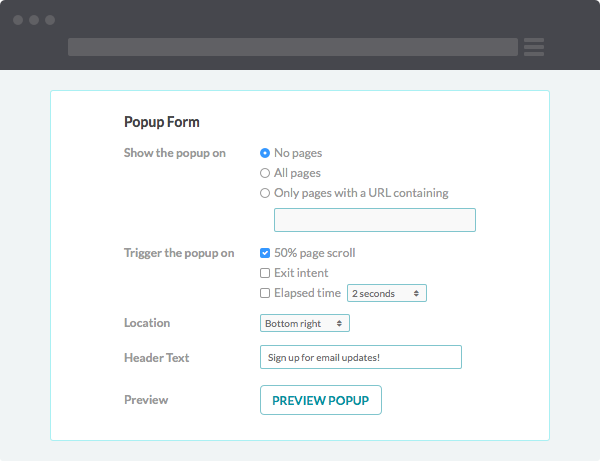
Produced by HubSpot, Leadin augments existing websites with content offer-based conversion processes. Available as either a web app or a plugin for WordPress, it allows you to create content offers and lead capture forms and integrate them into your website or WordPress blog in a number of ways. In addition to the information gathered through forms created in it, Leadin can also scour previous forms for information and add them to its database, allowing for ease in managing your leads. The service is free, making it a solid option regardless of budget.
Our inbound team cites Leadin as a good option for those that work with a CMS that doesn’t already have its own conversion process and lead management, such as WordPress. The support provided by its developers and user community are a bonus, as is the relative ease with which it can be picked up.
MailChimp

This email management and automation tool starts off with a free entry-level package and offers low-cost options to scale. Its accommodating price point takes nothing from its quality: it is an intuitive, comprehensive email suite. MailChimp allows users to build emails and email templates, manage contact lists, test emails, and schedule or automate sending. It also monitors email statistics.
Businesses looking to improve their email marketing but with no pressing requirements in other areas of digital marketing will find MailChimp an appealing choice, especially if their budget is constrained.
Marketing Cloud
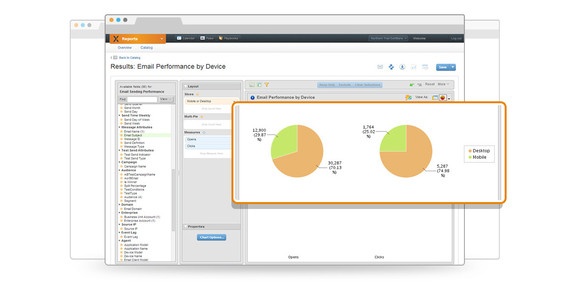
Developed by Salesforce, this platform combines a number of related “studios” to provide a user-directed marketing experience covering customer management, data monitoring and analytics, and integrated email and social media publishing, complete with multi-platform testing. Marketing Cloud also boasts a convenient drag-and-drop interface, which can be accessed from desktop and mobile, allowing for easy management of marketing processes even on the go.
For businesses that see it aligning with their long-term marketing plans, SalesForce is a good choice. Expanding upon it by integrating other applications may find only limited success, however; forward planning is important, especially as the scope of MarketingCloud’s functions require a significant investment of time in learning the tools and planning how to apply them.
WordPress
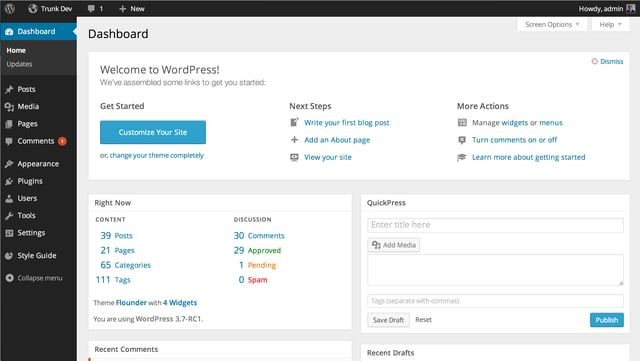
WordPress is a content management system that offers free website or blog creation, content management and monitoring, and compatibility with a host of third-party add-ons and widgets. This platform’s strength lies in the breadth of possibilities it offers. Its basic functions, such as blog creation and management, render the task simple enough for beginners, while its administrator controls allow enterprising bloggers to perform more elaborate setups. A few extra features, such as custom domain names and premium website themes, are available for a fee.
When utilised to its fullest, WordPress is a remarkable platform for creating and managing a website. Such optimisation, however, tends to rely on expanding WordPress’s basic functions with widgets and apps; users should be ready to invest a lot of time upfront in learning to use it.
Our Verdict
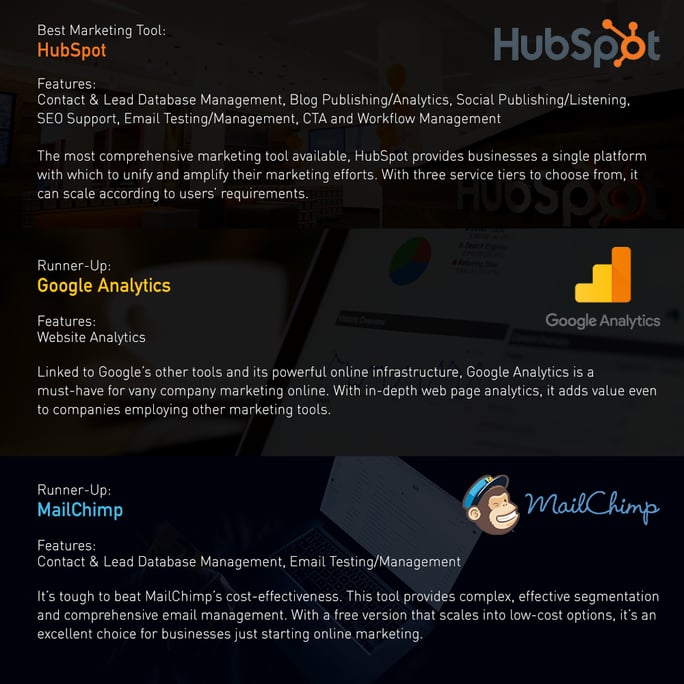
HubSpot comes away as the winner in this contest with its breadth and smooth integration of functions giving it the edge over the other tools. Combine that with solid support from developers and an active user community and it’s clearly the preeminent choice.
For more information on trends in inbound marketing methods and technology, download the full report of The State of Inbound 2016:




Comments